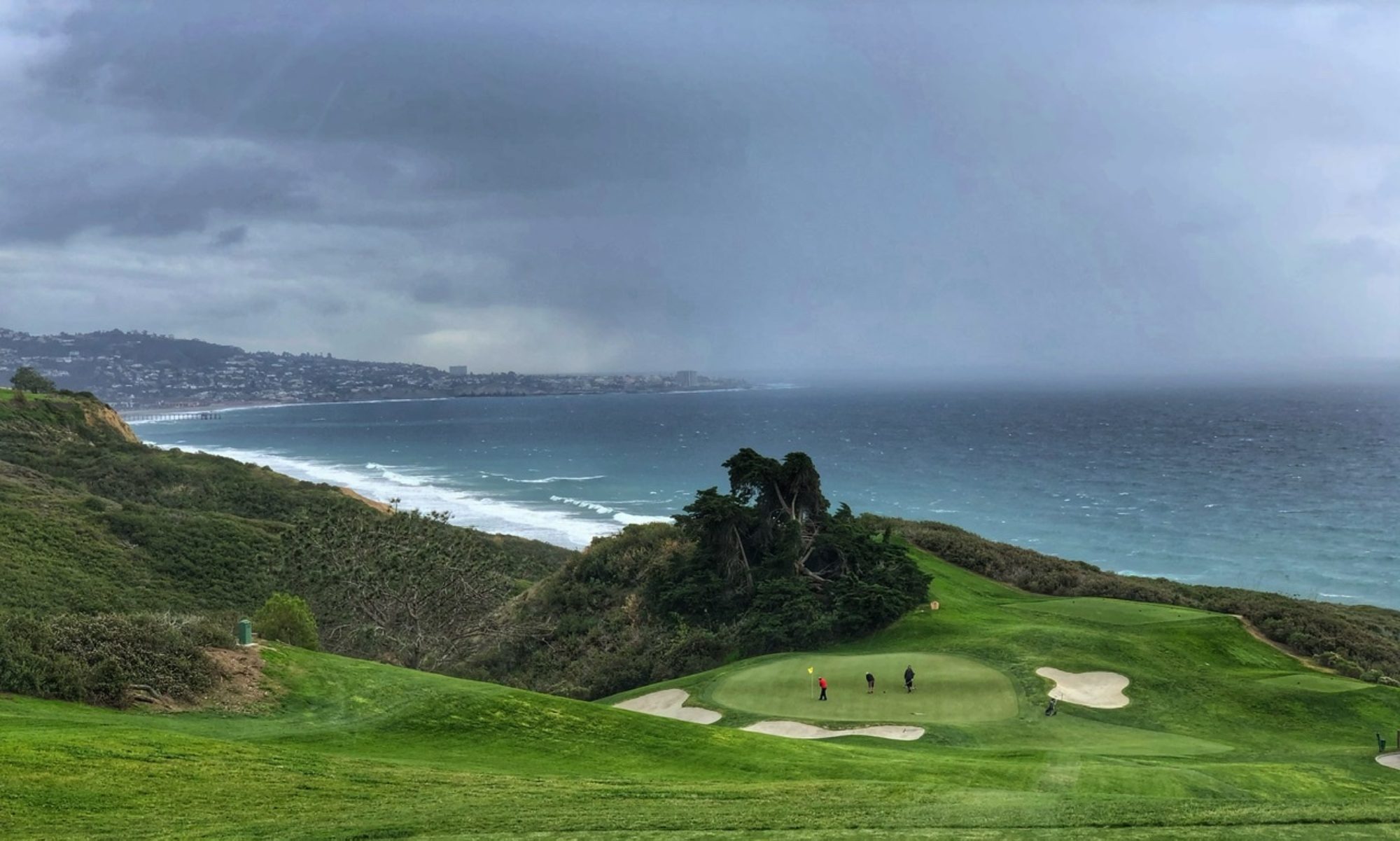My parents provided me with the usual survival tactics in childhood: “don’t put your finger in the electric socket; “don’t play stickball in a busy street;” “look both ways when crossing the street;” “put a jacket on to prevent pneumonia.” But no pandemic advice. My father, born in 1921, had missed out on the Great Influenza pandemic by 3 years. He survived the depression, World War II, the Korean War, The Cold War and Stagflation, but he had no pandemic real world experience.
Mastering COVID avoidance was easy. I didn’t go out the front door. I wiped down every delivery with Clorox wipes. I interrogated delivery workers at the front door from 6 feet away. I masked up and social distanced with friends who took science and survival seriously. My only brush with the outside world was beamed in with cable news and internet pictures.
With viral mRNA inoculated twice into my arm, the lure of travel beckoned and with it the reality and trepidation of return to the unknown. What would airports, big cities, seeing friends and family be like after a monastic-like life for almost a year?
Armed with an N95, surgical mask and face shield barrier, I pushed the UBER request on my app for a ride to the airport. “Please roll down the front and back windows for cross ventilation,” I directed the driver, thinking viral kinetics and air exchange. He didn’t blink an eye. At the airport, Homeland Security officers donned face shields and stood behind window barriers. Driver license identity was self-swiped at a distance. The Starbuck’s line imprints on the floor were spaced 6 feet apart and baristas looked like they were part of a surgical OR team. Sipping coffee, a learned skill honed in the past, became a conundrum when faced with two masks blocking the oral route. Should I slip the masks down or up? Should I replace the mask after each sip? Should I take the masks off completely? Should I just gulp the coffee quickly and then replace the mask? Thoughts of Dr. Fauci and the CDC flashed through my head: 10 minutes of exposure, high viral load, ventilation and symptomatic patients. I headed to the far reaches of the airport terminal, separated myself from the unmasked masses, and bolted the coffee down, nearly incurring mouth burns.
Boarding the plane entered me into a strange world. The cheap seats in the back of the plane got first dibs on boarding to limit contact time. Finally, seated, I breathed a sigh of relief when the hotly debated middle seat vacancy was enforced. Anxiety returned, as the flight attendants distributed the snacks. Was it worth unmasking for a granola bar and a small package of chips? The lure of Pringles was too great and I succumbed to temptation, all the while contemplating my eulogy, “he gave his life for a a few plain potato chips.”
The plane hovered over LaGuardia Airport awaiting the final approach. Built on a garbage dump used for Brooklyn’s excess waste, I pondered the early Queen’s denizens grappling over their microbe challenge: Salmonella and Shigella. The plane landed, the gate opened and I marched single file, 6 feet apart, masked and into the terminal where multiple, camouflaged clad military awaited me. Did I take the wrong flight and land in Mogadishu, Somalia? No, New York City, where Andrew Cuomo’s quarantine rules were being enforced against the blasé non-Northeastern states where I was now residing. It seemed surreal to be approached by a military serviceman and servicewoman who were both armed with weapons and asked if I had a Covid 19 PCR test performed in the last 72 hours, and if so, what was the result? Things had changed.
After claiming my luggage, I entered a NYC taxi cab to the final push to Manhattan. As I gazed upon the the facial scowl of our driver, I thought it best not to bring up the cross ventilation directions again. As I entered FDR Drive, I fixated on the credit card swipe. Can COVID exist on the card? Can I Clorox the gap? “What would Dr. Fauci do?”
Walking in Manhattan, I could immediately sense the gravity and public health compliance of the borough. This pandemic was not some abstract chyron endlessly streaming on a CNN telecast. Families and friends had been stricken with serious illness and death at the beginning of the pandemic and this crystallized the importance of public health measures. Multiple restaurants had outdoor seating ensconced within a plastic dome. At night, the yellow and purple lighting from restaurant isolation tables provided an extra-terrestrial feel.
The ordeal was worth it after ending a year absence from family. Hugging my fully vaccinated son and and elbow bumping my unvaccinated son and daughter-in-law in the social distancing expanse of Prospect Park (thank you ,Frederick Law Olmstead) was priceless.
Many years from now, when my grandchildren gather around me and ask about the Pandemic, I’ll reply, you have to carefully peel off your N-95 mask just like this, and then get the Starbucks lid under the face shield that protects your mask and..…”

Fortitude, NY Public Library Lion, Masked 
Double Masked and Ready 
Military comes to LaGuardia 
Outdoor Dining Bubble 
A bubble for Two 
Social Distancing in Prospect Park 
Atlas Masked in Rockefeller Center 
Unmasked Dog in Upper East Side
